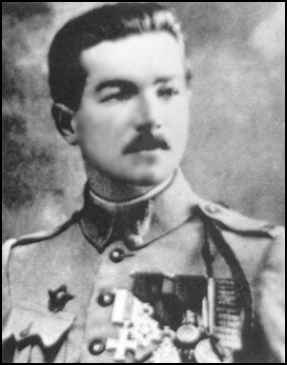
1894-1953 |
 |
Extract from the book, Allied Aviation of World War I by Hugh W. Cowin courtesy of Bob Davis, 9-8-05 |
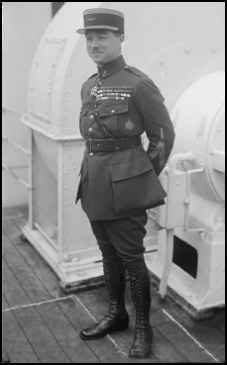 |
Library of Congress Collection |
|
In february 1915, Fonck transferred to the flying service, where he was trained as a reconnaissance
pilot. In May of that year, he joined Escadrille C 47, flying Caudron G 111s and G IVs. During his nearly two year stay with this unit,
Fonck managed to achieve two confirmed 'kills', comprising a two-seat Rumpler and and a single-seat Albatros D III. Shortly after
this second victory Fonck was transferred to the then SPAD S VII-equipped Escadrille SPA 103, part of the famed Groups de Chasse
12, "Les Ciognes', or Storks. Fonck, always cool and calculating, went to work building his nationally unsurpassed tally of 75 confirmed victories, aided by an almost uncanny degree of markmanship. The opposite of the impetuous Nungesser, Fonck, like many of his fellow French aces, preferred to stalk his victims alone, sending them to their fate with clinical precision. |
 |
Library of Congress Collection, 6-4-08 |
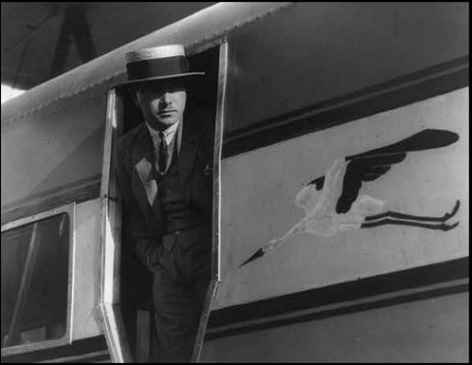 |
In the doorway of the Sikorsky plane, Sept. 15, 1926 Library of Congress Collection, 6-1-08 |
| Fonck survived the war as France's leading air ace. Staying in aviation, Fonck twice failed to make the first west-to-east transalantic crossing in 1926 and 1927, narrowly avoiding his own premature end in the crash of his big Sikorsky S-35 on 20 Septenber 1926. Between 1937 and 1939, Fonck served as the French Air Force's Inspector of Fighter Aviation, priorto becoming a high profile emissary for the Vichy French regime. Fonck died, largely unsung, in June 1953." |
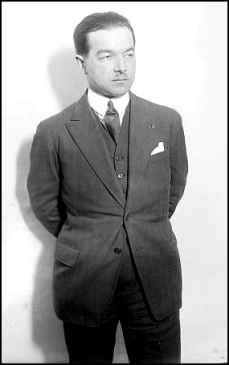 |
Library of Congress Collection |
|
|
|
By all means, if time permits, visit the homepage of the site and at least sample some of the many features which are available. You will find photos and biographies of Aces from 12 countries, a fabulous resource. Also you will find a section devoted to the planes ot World War I, including many who are to be found in the Museum collection. This is a must-visit website for the early aviation buff. |
|
From Wikipedia, the free encyclopedia. |
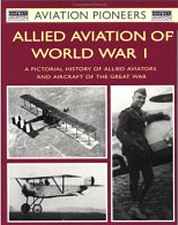 |
Allied Aviation of World War I A Pictorial History of Allied Aviators and Aircraft of the Great War Hugh W. Cowin Product Details Paperback: 96 pages Publisher: Osprey Publishing, 2000 Used & New: $5.95 ISBN 1-84176-226-1 |
|
Description: If you will go to Amazon.com and locate the book, you will have the option of sampling many pages from the book. All you have to do is click on "search inside the book", which you will find right below the photograph of the cover. The pages will be displayed on full screen and are a tantalizing sample of the contents. |
via email from Louis Gwin, 5-26-08 I ran across your very interesting website while doing research for a biography of a west Texas oilman. My subject's brother, Oscar Waldo Williams, Jr., lived from 1883-1946. In a letter written by his father, there is the following short story: "Among them are his short experience in Flying Circus as aviator before the Great War--when his chif--going up in the air told him not to go up with him this time as pilot--and after going up solo to 1000'--plunged down to his death." That broke up the Flying Circus, which number Fonk--later a French flying ace in the Great War--as one of its members." I believe the "Fonk" mentioned here is Rene Paul Fonck, but I can find no evidence that Fonck ever flew before the start of World War I. Do you have any evidence that he did? Were there Flying Circuses in the U.S. prior to World War I? Do you think this story can be verified? Thanks for any help you can give me. Louis Gwin Austin, Texas Editor's Note: If you can help Mr. Gwin to resolve his question, please contact me. I will forward your message to him. |
|
from Allied Aviation of World War I Editor's Note: If you have any information on this pioneer aviator please contact me. E-mail to Ralph Cooper |


|